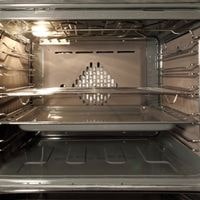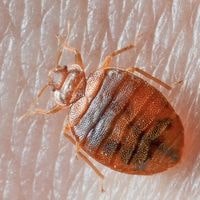GE washer wont spin
GE washer wont spin. If your GE washer is not spinning, it can be a frustrating and inconvenient issue. The washer not spinning could be caused by several different factors, and understanding what is causing the issue and how to fix it can help you get your washer back to operating smoothly.
GE washer wont spin

In this article, we will discuss the potential causes of a GE washer not spinning and provide some solutions to fix it.
Overloading
One potential cause of a GE washer not spinning could be overloading. If you have put too many clothes in the washer, it can cause the washer to become unbalanced and not spin properly.
To fix this issue:
- Reduce the amount of clothes in the washer to a more appropriate level.
- Check that the clothes are evenly distributed in the washer and not concentrated in one area.
Drive Belt
Another potential cause of a GE washer not spinning could be a faulty drive belt. The drive belt is the device that powers the washer’s spin cycle and helps to rotate the tub.
If the drive belt is not functioning properly, it can cause the washer to not spin.
To fix this issue:
- Check the drive belt for any visible damage or issues. If the drive belt appears to be damaged or not functioning properly, it may need to be replaced.
- Check that the drive belt is properly aligned and tightened. If the drive belt is misaligned or loose, you can try adjusting it to see if it resolves the issue. If the drive belt is still not functioning properly, it may need to be replaced.
Motor Coupling
Another potential cause of a GE washer not spinning could be a faulty motor coupling. The motor coupling is the device that connects the motor to the washer’s transmission and helps to power the spin cycle.
If the motor coupling is not functioning properly, it can cause the washer to not spin.
To fix this issue:
- Check the motor coupling for any visible damage or issues. If the motor coupling appears to be damaged or not functioning properly, it may need to be replaced.
- Check that the motor coupling is properly aligned and tightened. If the motor coupling is misaligned or loose, you can try adjusting it to see if it resolves the issue. If the motor coupling is still not functioning properly, it may need to be replaced.
Transmission
Another potential cause of a GE washer not spinning could be a faulty transmission. The transmission is the device that powers the washer’s spin cycle and helps to rotate the tub.
If the transmission is not functioning properly, it can cause the washer to not spin.
To fix this issue:
- Check the transmission for any visible damage or issues. If the transmission appears to be damaged or not functioning properly, it may need to be replaced.
- Check that the transmission is properly aligned and tightened. If the transmission is misaligned or loose, you can try adjusting it to see if it resolves the issue. If the transmission is still not functioning properly, it may need to be replaced.
Lid Switch
Another potential cause of a GE washer not spinning could be a faulty lid switch. The lid switch is the device that prevents the washer from operating when the lid is open.
If the lid switch is not functioning properly, it can cause the washer to not spin.
To fix this issue:
- Check the lid switch for any visible damage or issues. If the lid switch appears to be damaged or not functioning properly, it may need to be replaced.
- Check that the lid switch is properly aligned and tightened. If the lid switch is misaligned or loose, you can try adjusting it to see if it resolves the issue. If the lid switch is still not functioning properly, it may need to be replaced.
Conclusion
If your GE washer is not spinning, it could be caused by several different factors, including overloading, a faulty drive belt, motor coupling, transmission, or lid switch. To fix these issues, you may need to have a professional examine and repair the drive belt, motor coupling, transmission, or lid switch, or you may need to adjust the amount of clothes in the washer or the position or alignment of these components.
Related Guides







